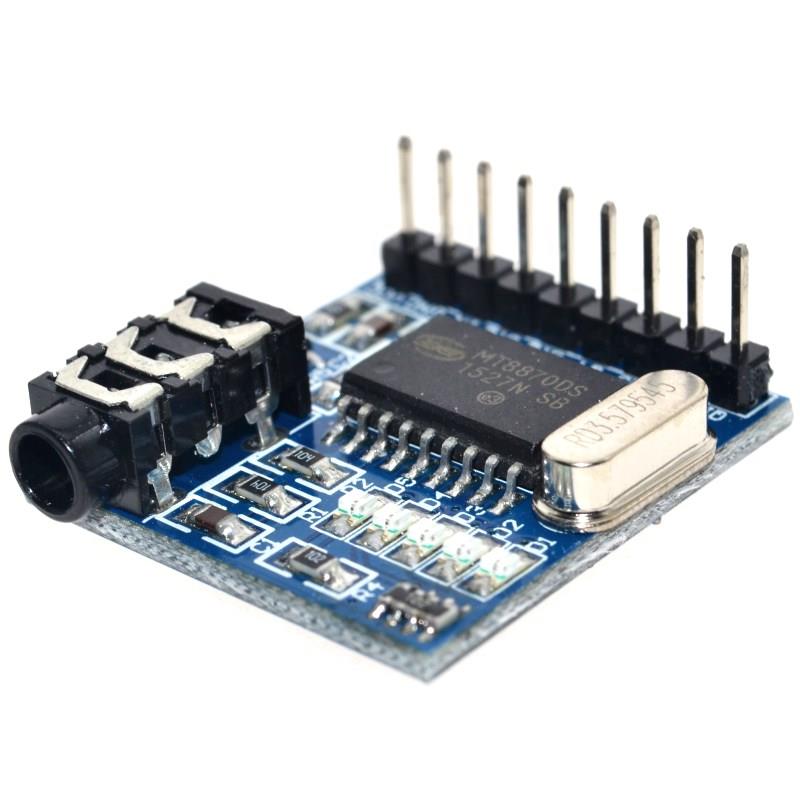

Because DTMF tones are an analogue audio signal, any interference on the voice channel will distort the tones. It’s this M2M application that includes the elevator industries operator instructions and 3-day test call information.Īny disruption to the sequence of the tones, or distortion to the tones themselves, will result in the information being unintelligible at the receiving end.

A device generates a stream of DTMF tones to transfer information over the telephone network to a receiver which then decodes the tones into readable data. In addition to the consumer telecoms application, DTMF is used in machine to machine (M2M) communication. Using the example above, pressing the ‘1’ key generates a specific tone telling the automated switchboard that you want to be connected to the sales department. What is DTMF signalling?ĭTMF signally is an analogue signalling system which consists of 16 audible tones generated by the 0-9, ‘#’, and ‘*’ keys on a standard telephone keypad and A, B, C, D keys typically only found on telephone engineer testing equipment.ĭTMF tones are transmitted, over the voice channel of the telephone network, between two devices to transfer information. Most lift emergency telephones installed today, use DTMF signalling to transfer operator signals (playing location messages, muting in car microphones etc.) and, in the case of telephones conforming to EN81-28, transfer test information as part of the 3-day test call procedure.Īs telecoms networks evolve to meet the latest demands of consumers and businesses the level of support for DTMF signalling (in fact all analogue signalling) is changing and sadly not for the better.


Often referred to by the original Bell System commercial name ‘touch tone’, every time you “Push 1 for Sales…” on a telephone keypad you are using DTMF signalling. Introduced in 1963 ‘Dual Tone Multi Frequency’ (DTMF) signalling has been a mainstay of telecommunications networks all over the world.


 0 kommentar(er)
0 kommentar(er)
